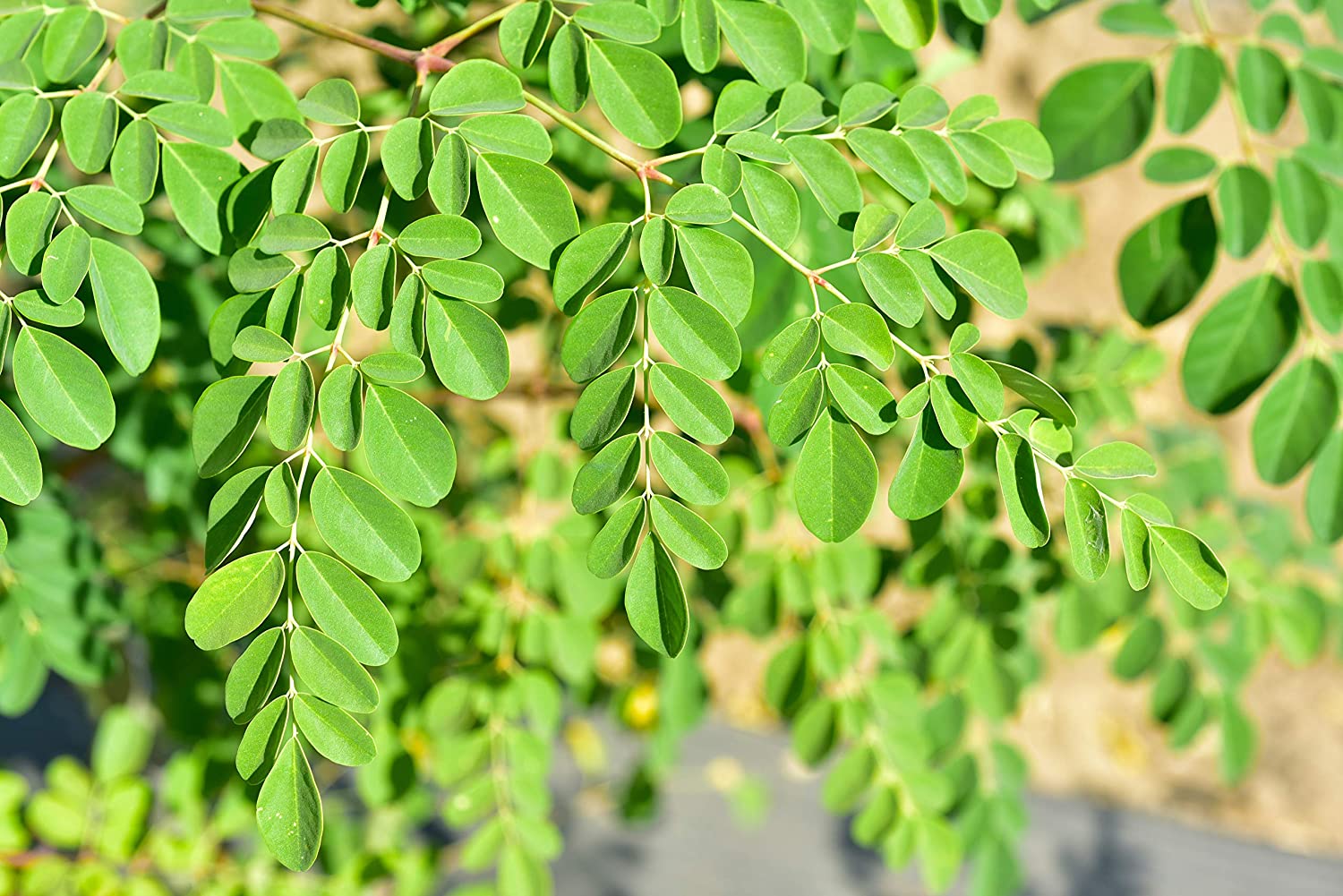
Drumstick tree leaves, also known as moringa leaves, pack a punch when it comes to nutrition and health benefits. Ever wondered why these leaves are often called a superfood? Moringa leaves are rich in vitamins, minerals, and antioxidants, making them a powerful addition to any diet. Not only do they boost energy levels, but they also support immune function and improve digestion. From ancient remedies to modern health trends, these leaves have stood the test of time. Curious about what makes them so special? Let's dive into 20 fascinating facts about drumstick tree leaves that will leave you amazed and eager to try them out!
Key Takeaways:
- Drumstick tree leaves are a nutrient powerhouse, packed with vitamins and antioxidants that boost immunity, reduce inflammation, and improve digestion. They can be used in cooking and have positive environmental impacts.
- Not only are drumstick tree leaves beneficial for health, but they also have traditional and modern uses, including being used in Ayurvedic medicine, as dietary supplements, and as nutritious animal feed. They are also a sustainable and fast-growing food source.
What is the Drumstick Tree?
The drumstick tree, also known as Moringa oleifera, is a fast-growing, drought-resistant tree native to the Indian subcontinent. Its leaves are packed with nutrients and have been used for centuries in traditional medicine.
-
Nutrient Powerhouse: Drumstick tree leaves contain high levels of vitamins A, C, and E, as well as calcium, potassium, and protein.
-
Rich in Antioxidants: These leaves are loaded with antioxidants like quercetin and chlorogenic acid, which help fight free radicals in the body.
Health Benefits of Drumstick Tree Leaves
Drumstick tree leaves offer numerous health benefits, making them a popular choice for natural remedies.
-
Boosts Immunity: The high vitamin C content helps strengthen the immune system, protecting against infections.
-
Reduces Inflammation: Anti-inflammatory compounds in the leaves can help reduce inflammation and pain in conditions like arthritis.
-
Lowers Blood Sugar Levels: Studies show that consuming these leaves can help lower blood sugar levels, making them beneficial for diabetics.
-
Improves Digestion: The leaves are rich in fiber, which aids in digestion and prevents constipation.
Culinary Uses of Drumstick Tree Leaves
Not only are drumstick tree leaves nutritious, but they are also versatile in the kitchen.
-
Leafy Greens Substitute: They can be used as a substitute for spinach or kale in various dishes.
-
Tea Infusion: Steeping the leaves in hot water makes a nutritious tea that can be enjoyed hot or cold.
-
Smoothie Additive: Adding powdered leaves to smoothies boosts their nutritional value.
Environmental Benefits of the Drumstick Tree
The drumstick tree is not just beneficial for health; it also has positive impacts on the environment.
-
Soil Enrichment: The tree's roots help prevent soil erosion and improve soil fertility.
-
Water Purification: Crushed seeds from the drumstick tree can be used to purify water, making it safe for drinking.
-
Carbon Sequestration: The tree absorbs carbon dioxide from the atmosphere, helping to combat climate change.
Traditional and Modern Uses
Drumstick tree leaves have been used in various traditional and modern applications.
-
Traditional Medicine: In Ayurveda, the leaves are used to treat a variety of ailments, including respiratory issues and skin diseases.
-
Modern Supplements: Today, drumstick tree leaf powder is available as a dietary supplement, providing an easy way to incorporate its benefits into daily life.
-
Animal Feed: The leaves are also used as a nutritious feed for livestock.
Interesting Facts About Drumstick Tree Leaves
Here are some lesser-known facts about these amazing leaves.
-
High Protein Content: Drumstick tree leaves contain more protein than most other plant-based foods, making them an excellent source for vegetarians and vegans.
-
Edible Flowers: Not just the leaves, but the flowers of the drumstick tree are also edible and nutritious.
-
Fast-Growing: The tree can grow up to 3 meters in just one year, making it a sustainable source of food and medicine.
-
Drought-Resistant: This hardy tree can survive in arid conditions, providing a reliable food source in drought-prone areas.
-
Global Cultivation: While native to India, the drumstick tree is now cultivated in tropical and subtropical regions around the world.
The Final Beat on Drumstick Tree Leaves
Drumstick tree leaves, also known as moringa leaves, pack a punch when it comes to nutrition and health benefits. These leaves are rich in vitamins, minerals, and antioxidants. They can help boost immunity, improve digestion, and even support heart health. Adding them to your diet can be as simple as tossing them into a salad, blending them into a smoothie, or brewing them as tea.
Not only are they versatile in the kitchen, but they also have a long history in traditional medicine. From reducing inflammation to managing blood sugar levels, drumstick tree leaves offer a natural way to enhance your well-being. So, next time you're looking for a nutrient-dense addition to your meals, consider giving these leaves a try. Your body will thank you!
Frequently Asked Questions
Was this page helpful?
Our commitment to delivering trustworthy and engaging content is at the heart of what we do. Each fact on our site is contributed by real users like you, bringing a wealth of diverse insights and information. To ensure the highest standards of accuracy and reliability, our dedicated editors meticulously review each submission. This process guarantees that the facts we share are not only fascinating but also credible. Trust in our commitment to quality and authenticity as you explore and learn with us.


